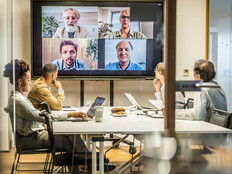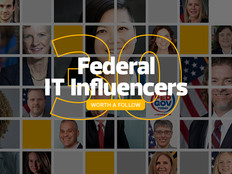How Government Agencies Can Get on the Road to Innovation
There are nine cities in India that no longer build roads, with more surely to come.
As city populations become denser, giving precious real estate to automobiles is becoming an idea of the past. While the majority of the world is still vehicle-dependent, the seeds of a carless future (at least in the world’s megacities) are being planted today.
That presents a simple question for car manufacturers: How can they survive in a world where their product is no longer useful, even if that world is decades away?
“One thing I always ask organizations — be they businesses, government, whatever — is, what will put you out of the business?” asked Lisa Bodell, keynote speaker at the 2015 Management of Change conference in Cambridge, Md. “For government that is, what will make it so Congress will no longer fund you? And once you answer that question, the key is, how do you set up your organization to find the solution?”
Bodell, founder and chief executive of futurethink, a company that helps organizations remove the barriers to innovation, laid out her case in easy terms: The more stuff you can remove — “weed whack it away” — the more easily innovation will come. That includes the studies, groups, audits and other regulatory framework that she says organizations typically set up to encourage out-of-the-box thinking, but that usually has the opposite result. “It’s like being given a box of crayons and being told to do whatever you want, as long as you stay in the lines.”
The premise, she said, is to think about the type of organization you want to be, not the type you are. That mindset will change the focus and help push aside unnecessary projects and policies that are getting in the way.
She points to the car companies that are preparing for a world without roads. BMW, for one, has created a micro car that can be parked in one-fifth the space of a normal vehicle. It also has automobiles with hundreds of sensors that can do everything, from monitoring a driver’s heartbeat to measuring how much weight the driver has gained since the last time behind the wheel.
“The idea is not to be a car company, but to sell mobility services, no matter what that means,” Bodell said. Manufacturers are beginning to see cars as things that not only take you places, she said, but also impact your life in other ways — for instance, by providing health metrics.
That kind of thinking, Bodell said, prepares organizations for what’s ahead. She said there is too much focus on coming up with the right answer to certain problems, rather than asking the right questions in the first place.
“Change is a challenge,” she said. “I run a change organization, and I have struggled with it from time to time. You have to look not at what your job is, but what it can and should be. You need to find the people that will share these visions and not hold you back from them, even in government, because there is no growth without it.”







